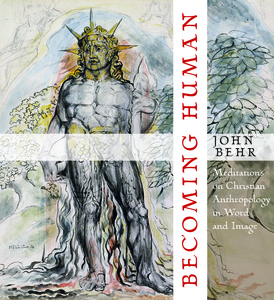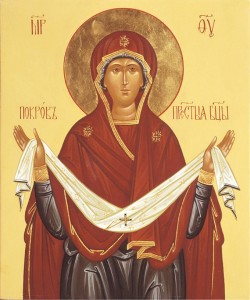 The Holy Guardian Angels exist. Scripture reveals the existence of the angels; Jesus speaks of the angels, the Liturgy has the assistance of the angels in prayers, and the Church distinguishes, based on Scripture and tradition the various ranks of angels.
The Holy Guardian Angels exist. Scripture reveals the existence of the angels; Jesus speaks of the angels, the Liturgy has the assistance of the angels in prayers, and the Church distinguishes, based on Scripture and tradition the various ranks of angels.
When it come to the Guardians, the doctrine of the Church says teaches that every personal soul has a guardian angel is not defined by the Magisterium as dogma but as a doctrine based on Scripture. That is, the Guardian angels is not an article of the Creed. We do, as a matter of liturgical theology, our Church’s first theology, rely on the angels to help us worship the Triune God.
The Church’s devotion to the angels matured under the monastic tradition, beginning with Saint Benedict and later from the 12th-century monastic reformer Saint Bernard of Clairvaux. By the 16th century the feast in honor of guardian angels was well established.
What does this feast indicate for us? Why are the Guardian Angels important? One of the benefits of this feast is that it reminds us that God cares for us each person, in a specific way. Nothing is left to chance. It is our belief that the Guardian Angels remain in the Divine Presence even as they fulfill their mission on earth. Today, is a day to be grateful that we do not walk alone in the spiritual life. Come, let us adore the Lord, whom the angels serve.
John Paul’s catechesis on the Guardian Angels.






